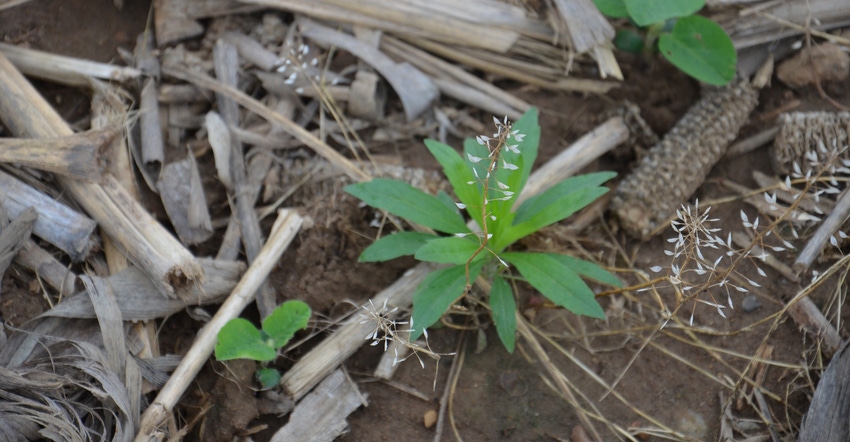
Have you ever faced a dilemma like this one?
My soybeans didn’t come up as well as I liked in three fields. Stand counts range from 60,000 plants per acre in a few spots to just over 100,000 plants per acre in most places. What should I do?
There is no “Dear Abby” around to ask those tough questions, but there is the Soybean Corner panel of Indiana certified crop advisers. Their answers are wiser than anything you would get from “Dear Abby,” anyway. This month’s panel includes Traci Bultemeier, an accounts manager for DuPont Pioneer, Fort Wayne; Gene Flaningam, Flaningam Ag Consulting LLC, Vincennes; and Bryan Overstreet, Purdue University Extension ag educator in Jasper County.
Bultemeier: I believe 100,000 plants per acre will generally provide maximized profits per several studies on populations conducted in the Midwest. The 60,000-plants-per-acre range gets into that questionable area of “Is it worthwhile?”
The key, in my mind, is assessing how uniform the 60,000- and 100,000-plants-per-acre spacing is. Uniform spacing will likely reach a desired yield, while clumps of plants and big, open gaps will likely provide unsatisfying results. Reduced stands will also require additional diligence on scouting for weeds. You should walk each field in question and get a gut feeling for how satisfied you will be when you have the bird’s-eye view from the combine this fall.
Flaningam: Stand variability in soybeans should be evaluated on a whole-field basis. Make sure you do not have large areas with little or no soybeans emerged. These areas will be prone to weed infestations, and weeds will compete with existing soybeans. Yield effects from stand loss in soybeans can be expected if the field average is fewer than 90,000 plants per acre on narrow rows and fewer than 70,000 plants per acre, on average, in 30-inch rows.
Overstreet: The date wasn’t specified in this scenario, but let’s assume it’s June 1 when you make these observations about stand counts in these fields. By then, we’ve missed the optimum time for planting soybeans in many parts of Indiana. Soybeans planted on June 1 or after would not be expected to yield as high as soybeans that you have already planted, and are up and growing.
Research has shown that stands as low as 100,000 plants per acre in drilled and 15-inch rows and 80,000 plants per acre in 30-inch rows will not have an effect on yield. Let that sink in for a moment!
Looking at the Purdue University Extension Corn & Soybean Field Guide, a population of just 60,000 plants per acre would only deliver a 6% to 8% decrease in yield, on average. Compare that to the alternative of replanting in early June, with an 8% to10 % yield decrease just due to delayed planting. If it’s even later, say mid- June, yield loss from planting late would be around 20% from the optimum potential if the field had been planted on time. I would recommend leaving the stand alone. However, keep a close eye on weed infestations due to slower canopy closure.
About the Author(s)
You May Also Like




